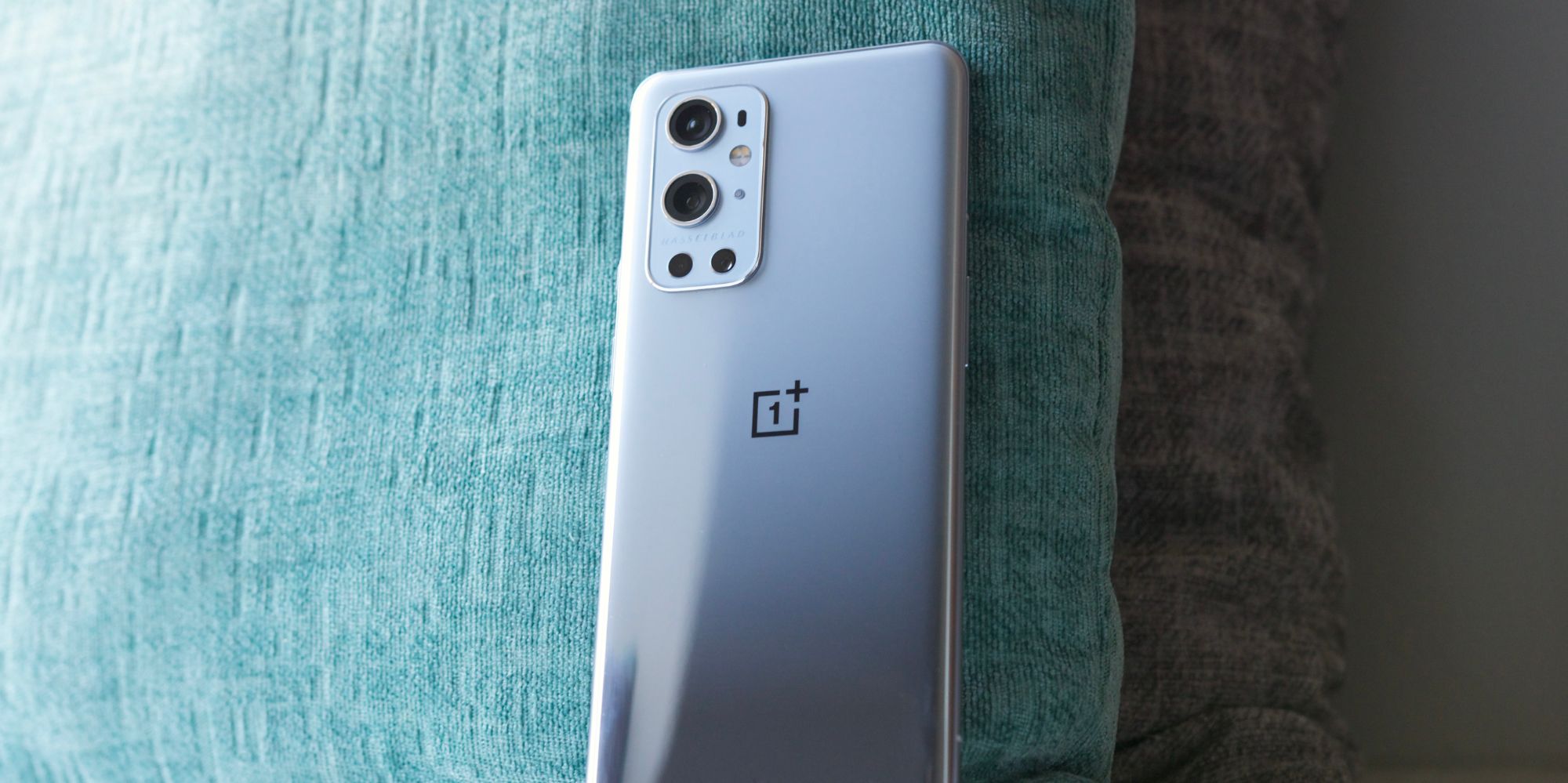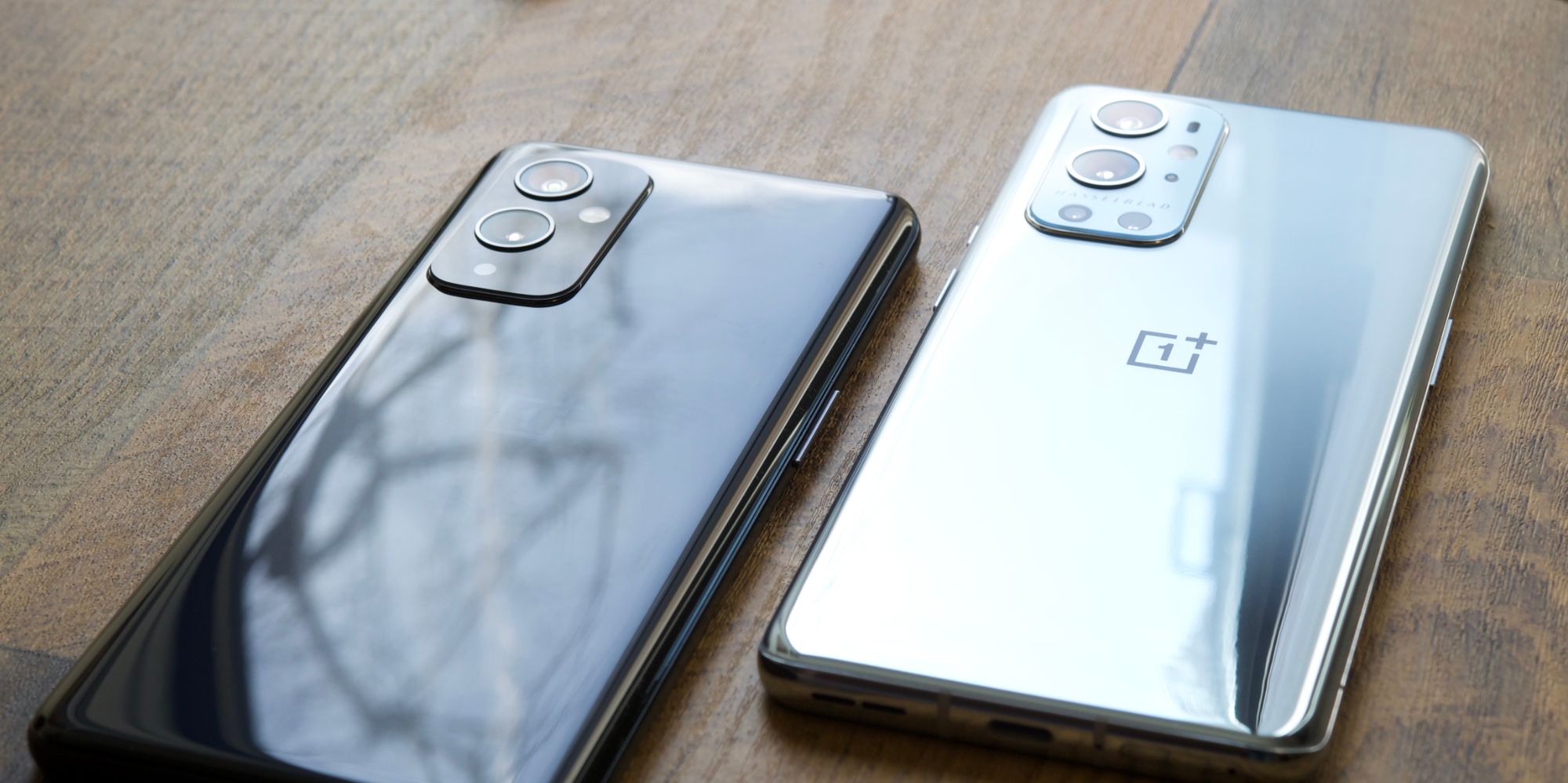Big internal shakeups are happening at OnePlus. On the company’s official forums, CEO Pete Lau announced that OnePlus and sister company Oppo are merging additional teams together — making the two brands more deeply integrated than ever before.
While OnePlus likes to tout itself as an underdog competing against Samsung and Apple, that’s actually never been true. OnePlus is owned and operated by BBK Electronics — the world’s largest smartphone manufacturer. BBK Electronics also owns Oppo, Vivo, and Realme, which are among the most popular smartphone brands outside of the U.S. For folks that have paid close attention over the years, this is why OnePlus smartphones often have similar specs, features, and designs to their Oppo counterparts. This relationship has been happening behind the scenes for years, and in May 2020, it was made a bit more official when Lau took on the additional role of Chief Product Officer for Oppo.
Now in June 2021, the two companies are coming even closer together. In a forum post titled ‘A New Journey for OnePlus,’ Lau says that his time with Oppo has been a positive change for both brands. As a result of that, Lau confirms OnePlus “[has] integrated a number of our teams together with Oppo to better streamline our operations and capitalize on additional shared resources.” That sounds like a massive change on paper, but in reality, the way OnePlus operates today isn’t changing all that much. Per the forums post, OnePlus will continue “launching OnePlus products, holding events, and engaging directly with you for feedback through the same OnePlus channels as before.”
What This Means For Future OnePlus Smartphones
Looking ahead at future OnePlus smartphones, expect more of the same. OnePlus handsets will likely keep using components from Oppo ones, whether that be camera tech, hardware designs, etc. OnePlus could use this merger to take even greater inspiration from Oppo releases, but there likely won’t be too much of a noticeable difference in this regard.
Where things could get really exciting is with software. In his forum post, Lau notes that the merger “will also allow us to be more efficient, for example, bringing faster and more stable software updates for OnePlus users.” Lacking update support has become one of the main sticking points for OnePlus devices. If this merger allows OnePlus to roll out faster updates and keep its phones updated for longer periods, that’ll be a big step forward for the company. Additionally, there’s also speculation OnePlus could eventually ditch its OxygenOS operating system for ColorOS — the Android interface currently used on Oppo smartphones. Max Weinbach pointed out on Twitter that the Android 12 update for the OnePlus 9 is directly labeled as ColorOS. ColorOS has gradually established itself as one of the better Android interfaces available, and combined with the controversial OxygenOS redesign with Android 11, ditching Oxygen and switching to Color could be a really positive change for future OnePlus devices.
While that’s all speculation at this point, it’s clear that OnePlus and Oppo are taking this merger seriously. Not only will it make some of the back-end processes a bit smoother for both companies, but it should also result in better releases from OnePlus going forward. It’s a big shift from the ‘Never Settle’ underdog mantra of 2014, but as a maturing company looking to be a legitimate U.S. tech brand, growing up a little bit isn’t necessarily a bad thing.
Source: OnePlus, Max Weinbach


